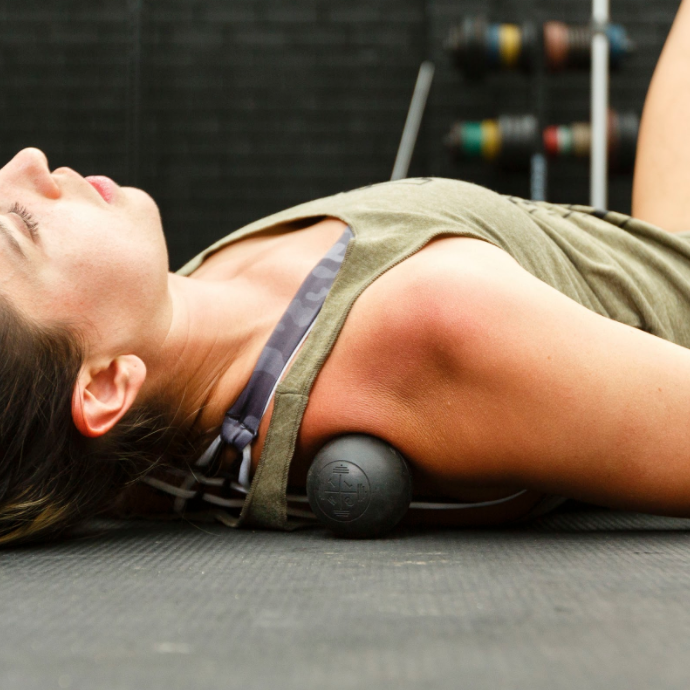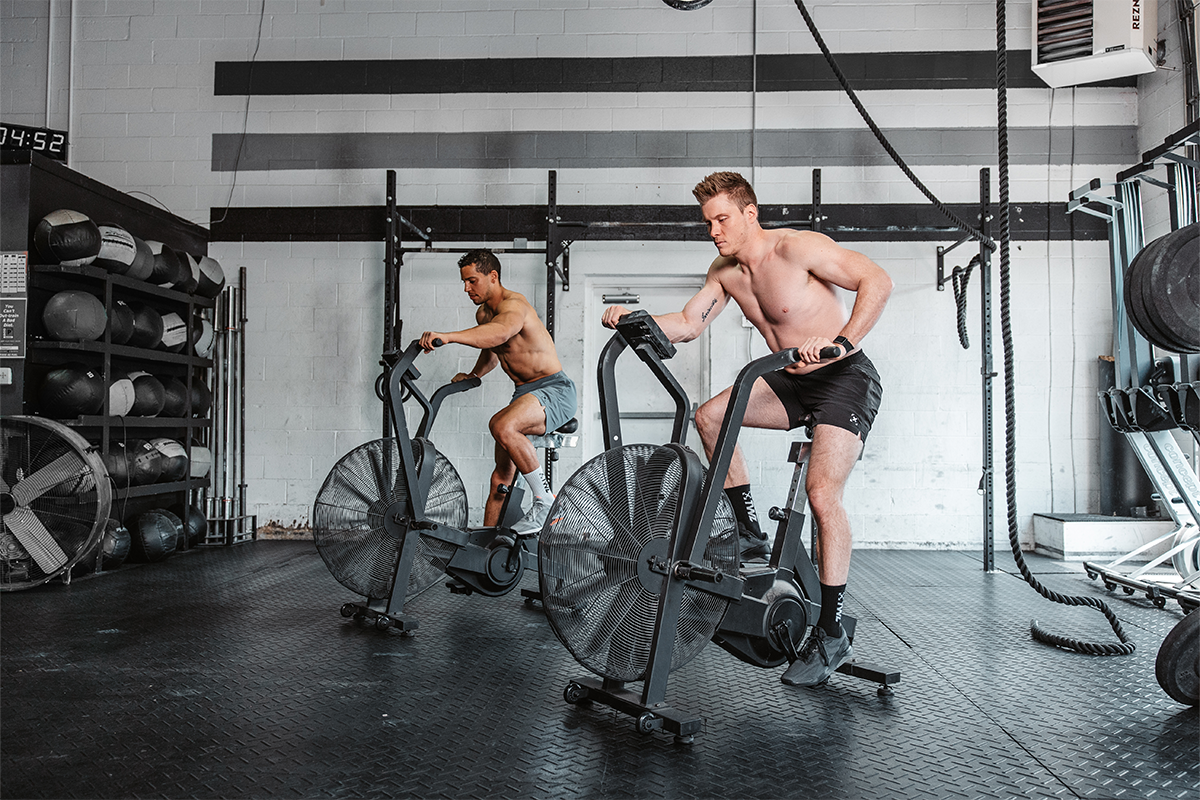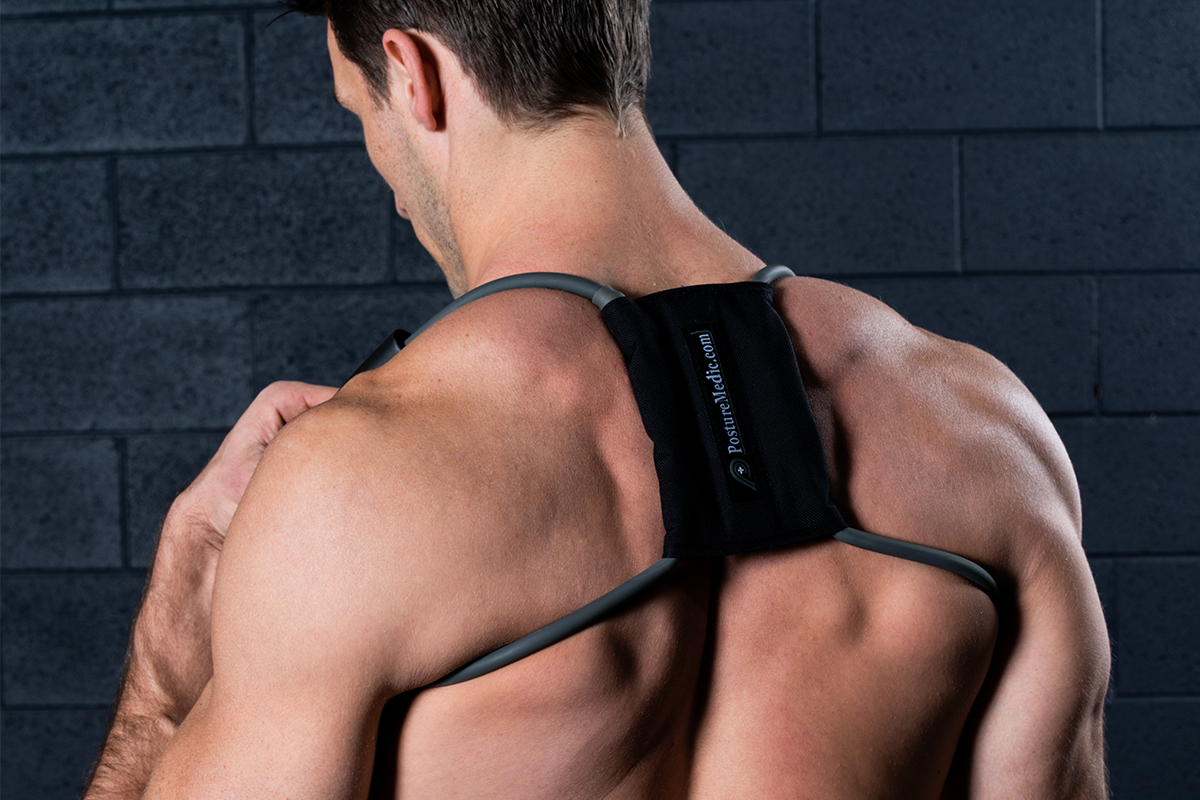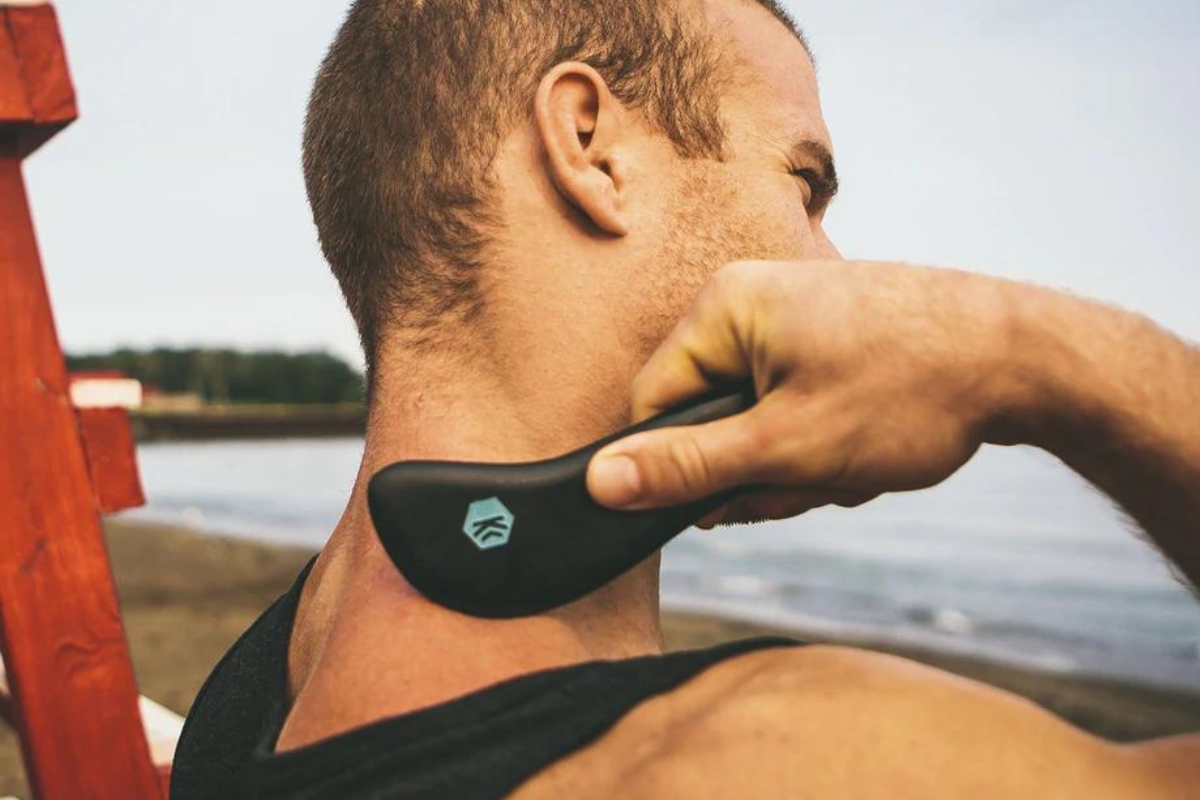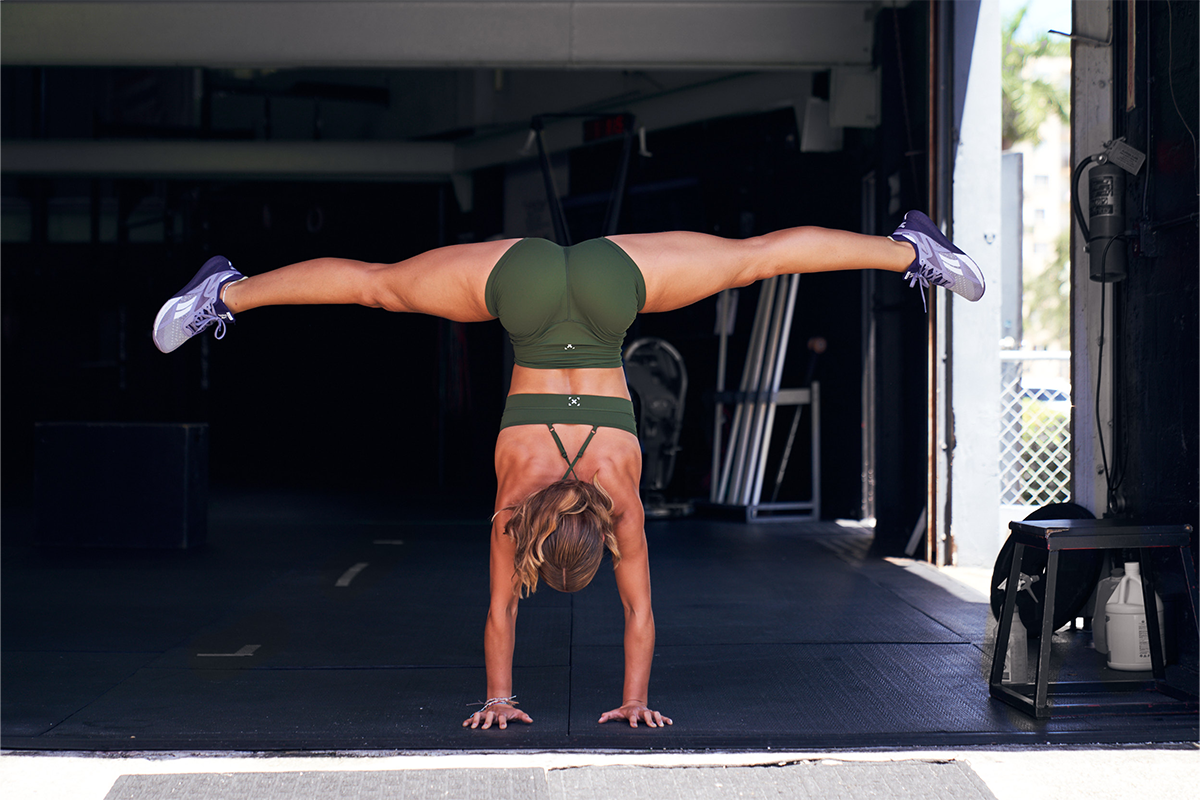If you are dealing with aches and pains or muscle tightness, there is no shortage of treatment options: active release therapy (ART), myofascial release, acupuncture, massage — the list goes on.
If ART is new to you, keep reading. We took a look at the therapy’s history and data to find out what it is and whether it works or not.
What Is Active Release Therapy (ART)?
Active Release Techniques® is a patented therapy technique developed by Dr. P. Michael Leahy, Doctor of Chiropractic Medicine. It is typically used by chiropractors and physical therapists to work on soft tissues — muscles, tendons, blood vessels, fascia, and nerves — and release any adhesions they find.
Think of adhesions as places where muscles, tendons, fascia, etc. get stuck together. This leads to constriction, a lack of blood flow, and stiffness that worsens over time. Blood flow is vital for soft tissues to heal, whether from the typical wear and tear that happens in daily life or from serious injuries.
If blood is not flowing properly, you can expect your muscles to stay sore longer and actually lose strength, and any damage to your tendons or ligaments will take far longer to heal. Leave adhesions stuck where they are, and your stiff lower back will spread discomfort to your legs and mid-spine.
How Does ART Work?
Similar to massage or myofascial release, ART takes a manual approach: the therapist uses his/her hands, starting at the place of discomfort, to identify the stiff or tender spots. When those adhesions are found, the therapist applies pressure to that area and directs you to either move the muscle in that area or move the joint. Pressure is held throughout the entire movement, which causes the tissues to lengthen and helps release the adhesions.
ART does not always require a therapist. In fact, you can use myofascial tools such as a foam roller or a lacrosse ball to apply ART to tight, sore muscles.
Let’s go through an example. How would you use ART for tight calves?
ART for Tight Calves
- With your leg relaxed, place it on a lacrosse ball. (If necessary, elevate the ball on a bench or stack of books for more leverage.)
- Roll your leg around on the ball until you find a spot of tension.
- Stay in that spot and press your leg down into the ball.
- While maintaining pressure on your leg, flex your calf muscle.
- Repeat as necessary until your leg loosens up, moving to different areas as the tissue relaxes.
The use of motion under pressure is the main difference between ART and myofascial release. Motion allows ART to go deeper into the tissue and effectively lengthen it. ART also travels up and down the soft tissue, unlike massage, which typically moves from side to side.
Does ART Actually Work? Show Me the Science!
There isn’t a ton of scientific literature on the effectiveness of Active Release Techniques®. A few scattered studies have found ART to be on a par with the strain-counterstrain technique and the muscle energy technique for improving range of motion and decreasing pain in the shoulders and trapezius muscles and better than conventional physiotherapy for relieving tension and pain in the upper back.
ART has effectively improved carpal tunnel syndrome by focusing on the soft tissue of the forearm and relieving tension on the nerves in the wrist.
Other studies have found ART to be less effective, equal to, and better than myofascial release for treating tennis elbow (less effective), plantar fasciitis (equally effective), and spasms in the upper trapezius muscle (more effective). In studies where ART was used in tandem with another therapy, ART contributed to greater improvements than when the second therapy was used alone.
In individual case studies, ART contributed to improvements in mobility, an athlete’s recovery from hamstring strain, and relief from elbow pain for a 41-year-old who fell while playing basketball and a 48-year-old golfer.
The studies (and case studies) are not conclusive — and most of them used small sample sizes and applied ART over only a couple of weeks — but that does not mean ART is a waste of time.
ART has only been around (in an official patented form) since 1997. Science has not had time to catch up.
If ART can help you avoid surgery by taking care of underlying soft-tissue problems, and if it can relieve tension on your joints and improve blood flow and muscle mobility — not to mention decrease pain and discomfort — it is probably worth a try. And who knows, you might be part of the next groundbreaking study.

